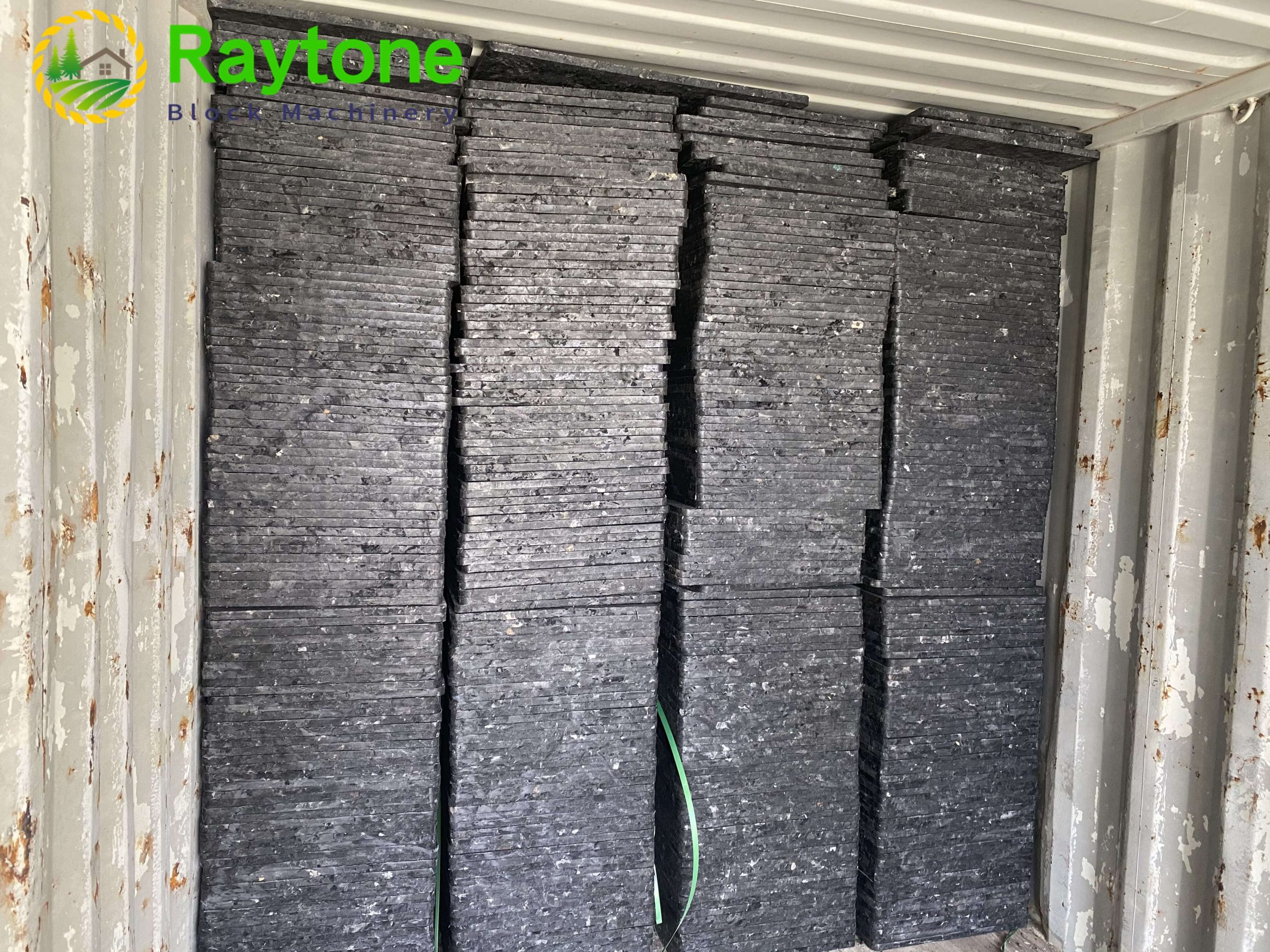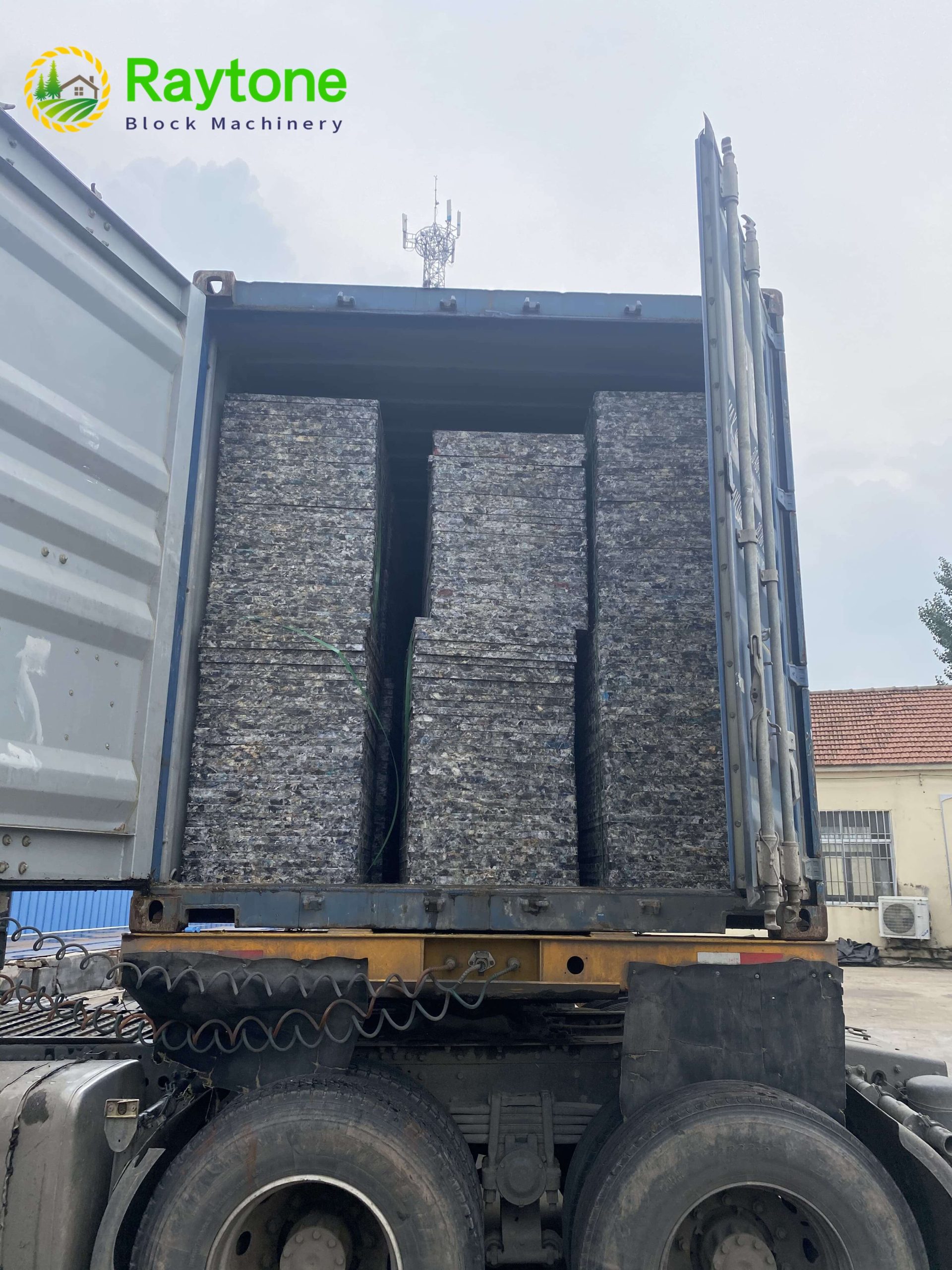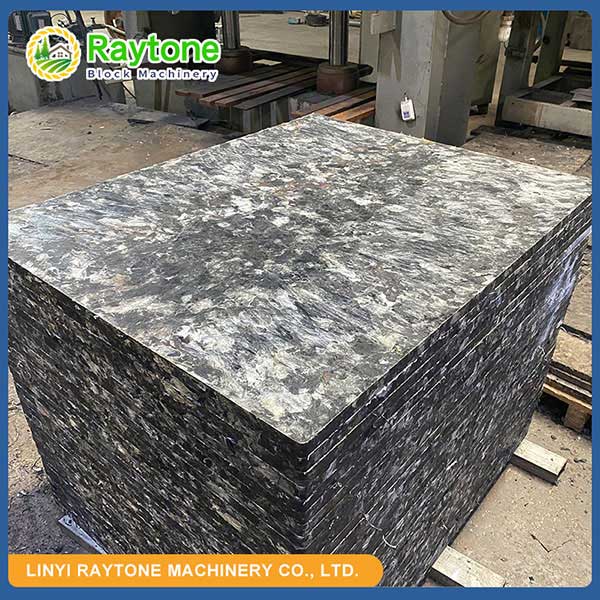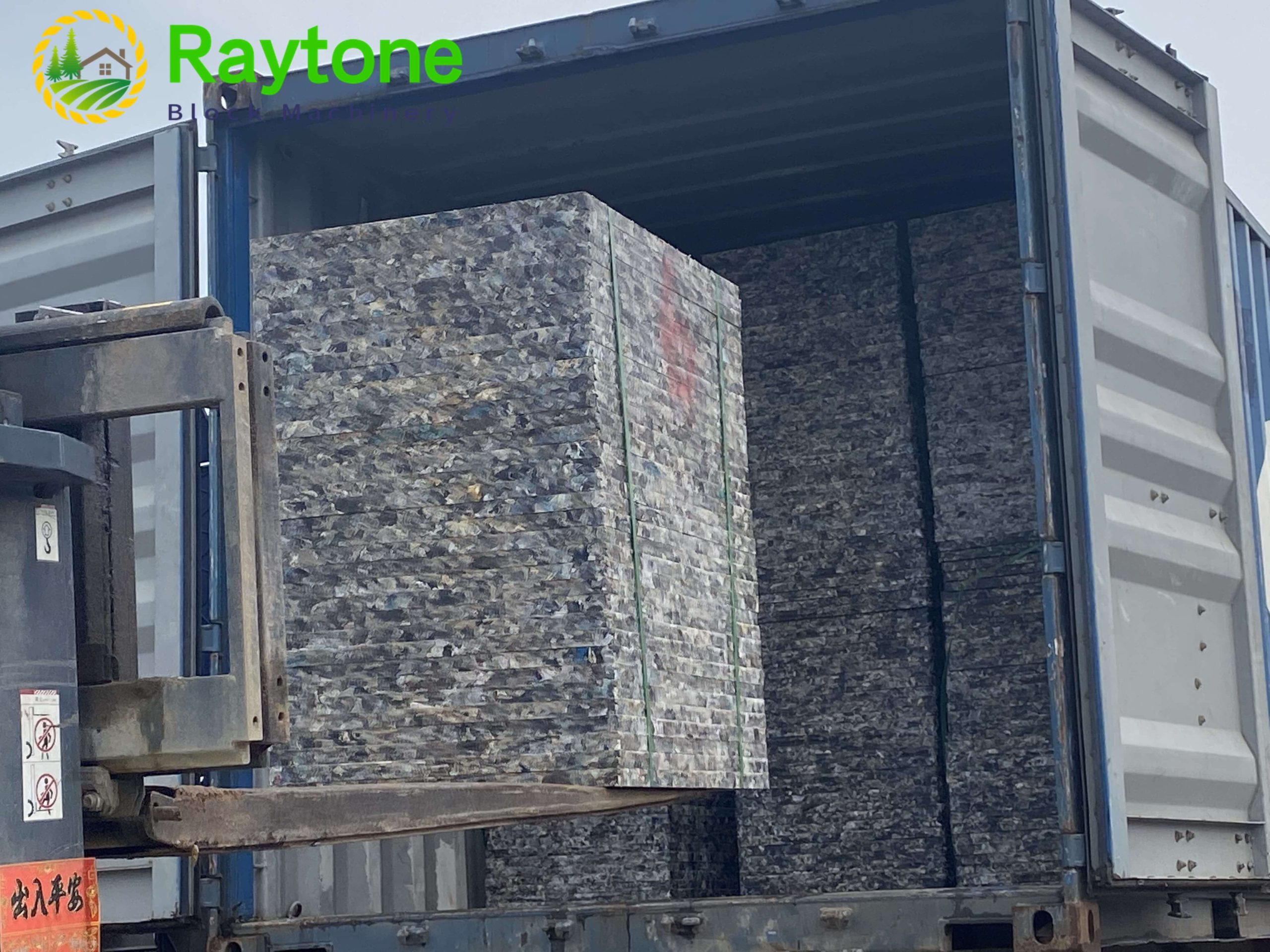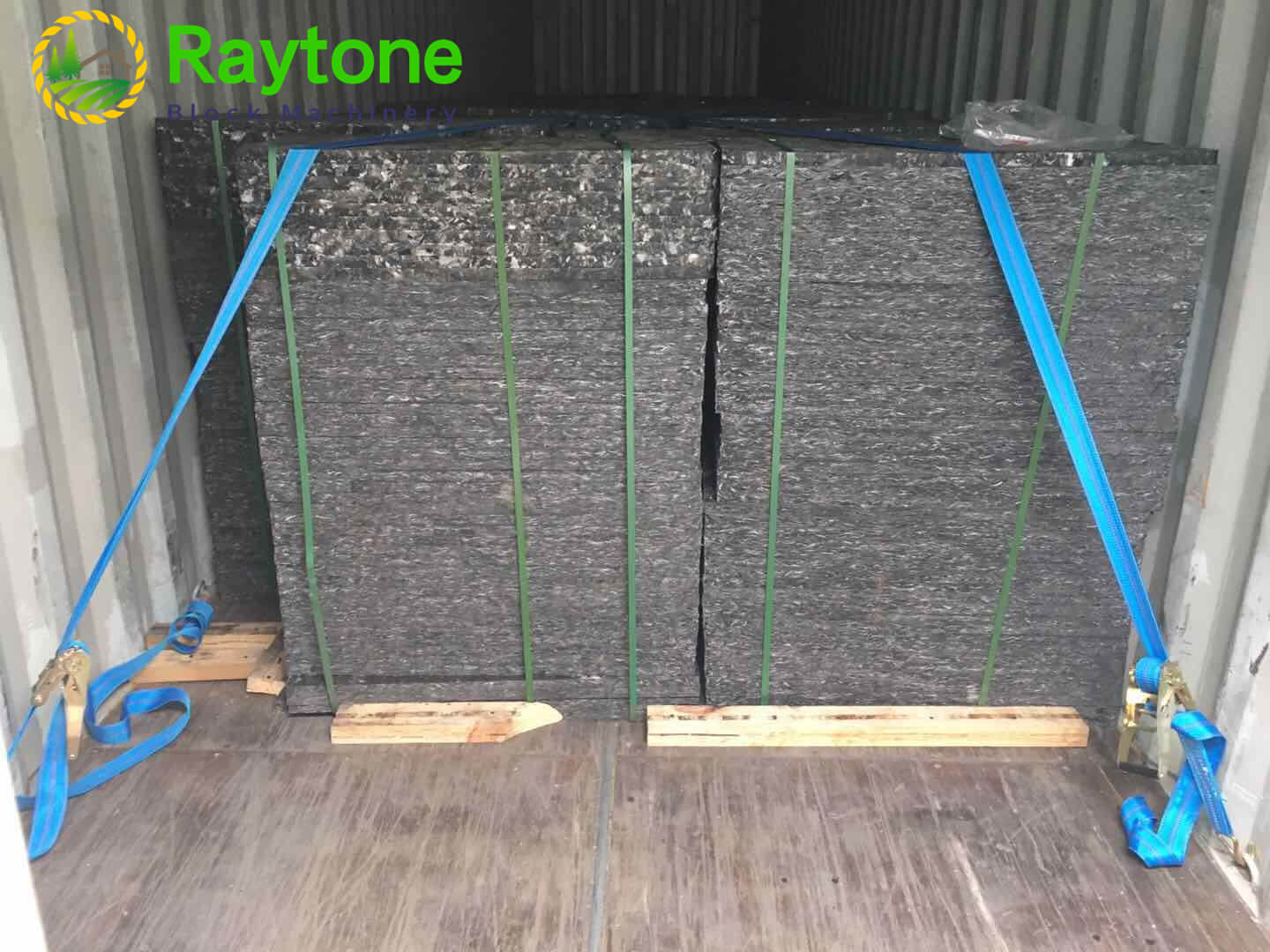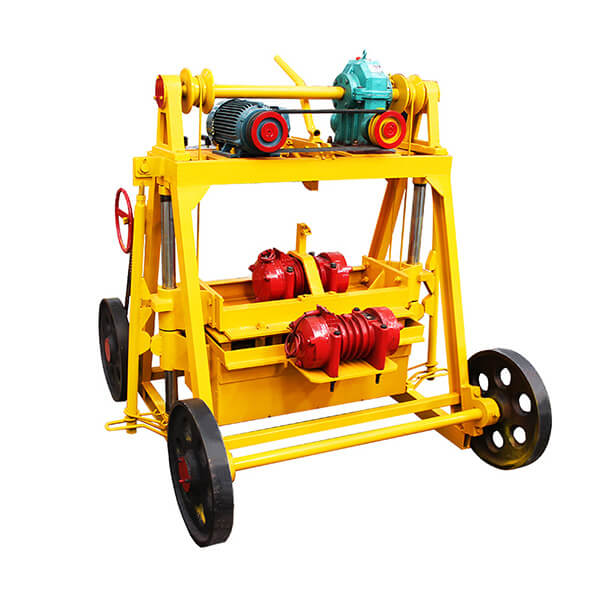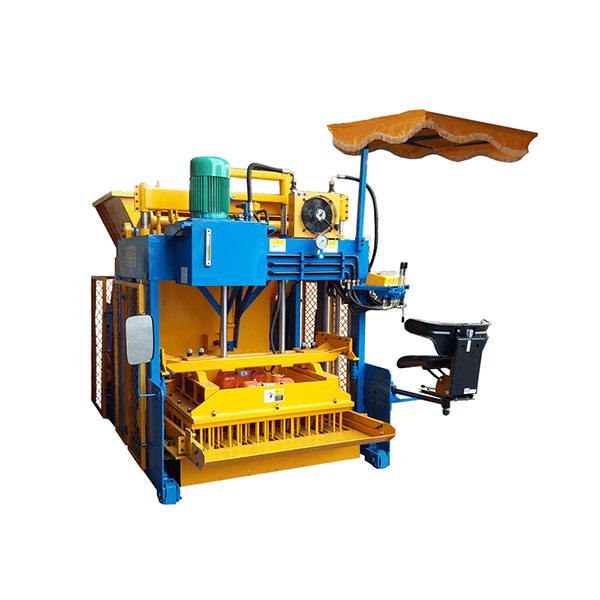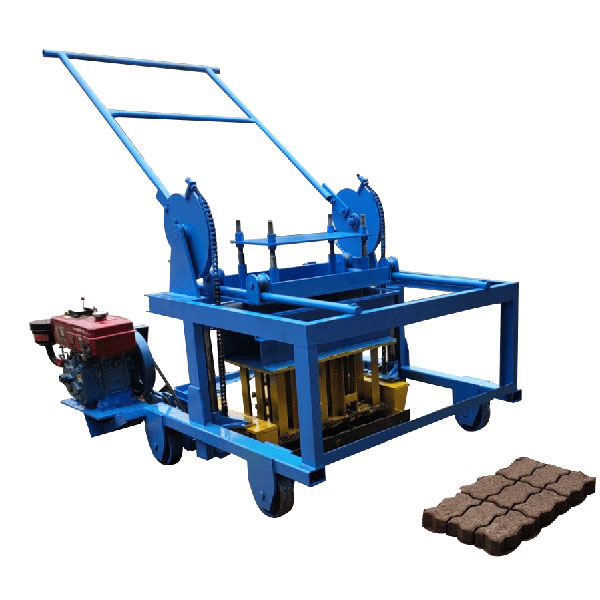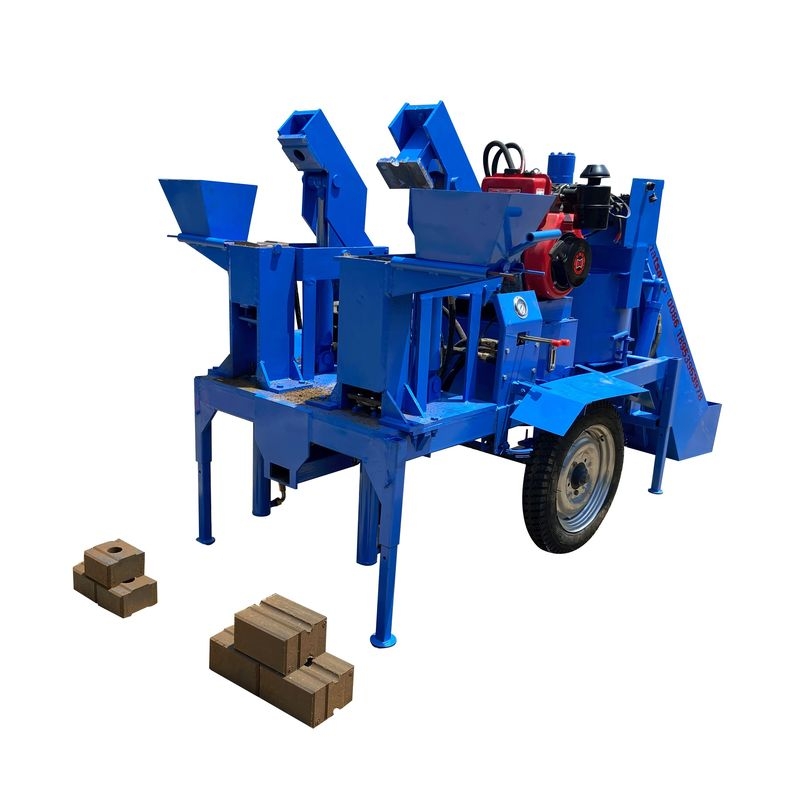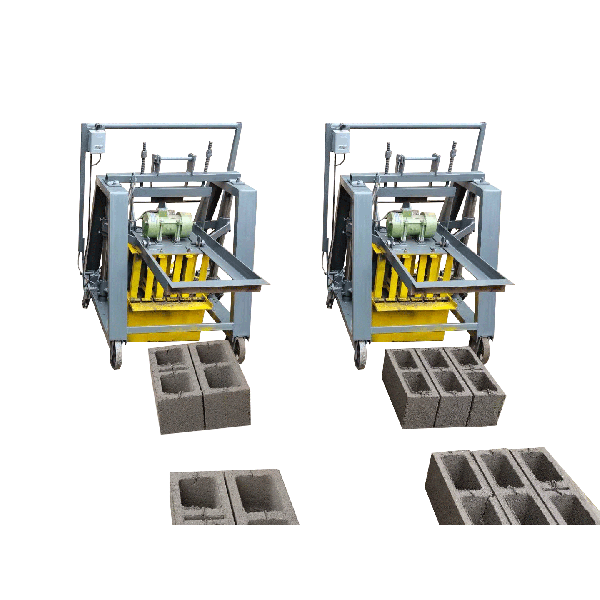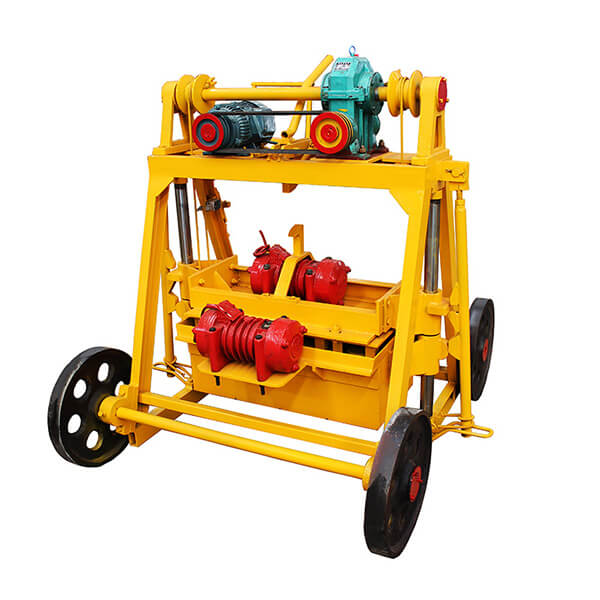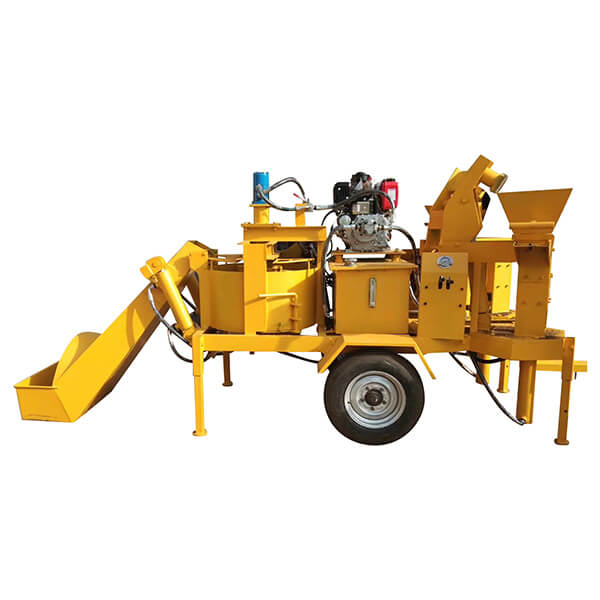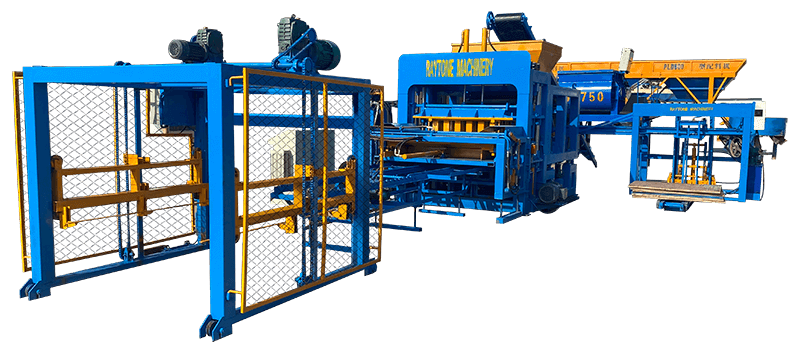Mastering the operation of a mobile block making machine is crucial for efficient and high-quality concrete block production. To operate like a pro, start by thoroughly understanding your machine’s components and safety features. Ensure proper setup on a level surface and connect to a reliable power source. Familiarize yourself with the control panel and adjust settings for your specific block requirements. Load materials carefully, maintaining consistent mix ratios. Monitor the production process closely, making minor adjustments as needed. Regular maintenance and cleaning after each use will keep your machine running smoothly. With practice and attention to detail, you’ll be producing professional-grade blocks efficiently and safely in no time.
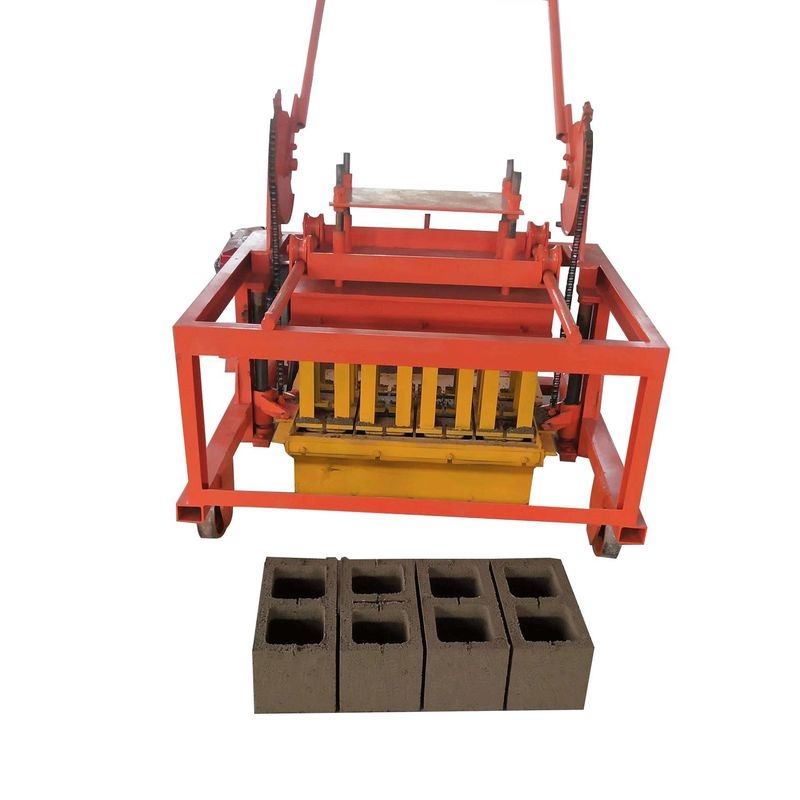
Essential Preparation Steps
Machine Setup and Calibration
Before diving into block production, proper setup and calibration of your mobile block making machine are paramount. Begin by selecting a level, stable surface for operation. Use leveling jacks or supports to ensure the machine is perfectly balanced, as this affects the quality and consistency of your blocks. Connect the machine to a suitable power source, whether it’s electricity or a generator, ensuring it meets the voltage and amperage requirements.
Calibrate the machine’s settings according to the specific block type you plan to produce. This includes adjusting mold sizes, compression settings, and cycle times. Take time to fine-tune these parameters, as they directly impact block quality and production efficiency. Remember, each block type may require different settings, so maintain a log of optimal configurations for future reference.
Material Preparation and Mix Design
The quality of your blocks heavily depends on the materials used and their proper preparation. Start by selecting high-quality aggregates, cement, and additives. Screen your materials to remove any oversized particles or contaminants that could affect block integrity. Pay close attention to the moisture content of your aggregates, as this can significantly impact the final product.
Develop a precise mix design tailored to your block specifications. This typically involves a careful balance of cement, sand, aggregates, and water. Use a moisture meter to ensure consistent water content in your mix. Consider incorporating additives like plasticizers or water-reducing agents to enhance workability and strength. Always mix materials thoroughly to achieve a homogeneous blend before feeding into the machine.
Safety Protocols and Personal Protective Equipment
Safety should be your top priority when operating a mobile block making machine. Establish clear safety protocols and ensure all operators are thoroughly trained. Start by identifying potential hazards around the machine, such as moving parts, electrical components, and areas where materials could fall or spill.
Equip all personnel with appropriate Personal Protective Equipment (PPE). This typically includes hard hats, safety glasses, ear protection, dust masks or respirators, steel-toed boots, and gloves. Ensure that loose clothing is secured and long hair is tied back to prevent entanglement in moving parts. Install emergency stop buttons at strategic locations and conduct regular safety drills to prepare for potential incidents. By prioritizing safety, you not only protect your workers but also ensure smooth, uninterrupted production.
Core Operating Procedures
Loading and Feeding Materials
Efficient loading and feeding of materials are crucial for maintaining a steady production flow. Start by ensuring your hopper is clean and free from any residual materials from previous batches. Load your pre-mixed concrete into the hopper gradually, avoiding overloading which can lead to jamming or uneven distribution.
Pay attention to the feed rate, adjusting it as necessary to maintain consistent material flow. Many modern mobile block making machines feature automated feeding systems, but it’s important to monitor the process closely. Look out for any signs of material bridging or blockages in the feed system. If using multiple materials, ensure they are added in the correct sequence and proportions. Remember, smooth material flow is key to producing uniform, high-quality blocks.
Operating the Control Panel
The control panel is the heart of your mobile block making machine, allowing you to manage all aspects of the production process. Familiarize yourself with each button, switch, and display on the panel. Start by powering up the machine and running a brief system check to ensure all components are functioning correctly.
Use the control panel to set your production parameters, including block size, compaction pressure, and cycle time. Many modern machines offer programmable settings for different block types, streamlining the process when switching between products. Monitor real-time production data such as output rate, material consumption, and any error messages. Be prepared to make quick adjustments if you notice any deviations from the optimal settings. Regular interaction with the control panel allows you to fine-tune your production process for maximum efficiency and quality.
Monitoring and Adjusting Production
Constant vigilance is key to maintaining high-quality block production. Keep a close eye on the blocks as they exit the machine, checking for any signs of defects such as cracks, uneven surfaces, or inconsistent density. Regularly measure block dimensions to ensure they meet your specifications.
Be prepared to make real-time adjustments to your machine settings. This might involve tweaking the compaction pressure, adjusting the mix ratio, or modifying the curing time. Pay attention to environmental factors like temperature and humidity, as these can affect the curing process and may require adjustments to your production parameters. Keep detailed records of your observations and any changes made, as this data can be invaluable for optimizing future production runs and troubleshooting any issues that arise.
Maintenance and Troubleshooting
Routine Cleaning and Maintenance
Regular cleaning and maintenance are vital for keeping your mobile block making machine in peak condition. After each production run, thoroughly clean all components that come into contact with concrete. Pay special attention to the mold box, tamper head, and feed drawer. Use appropriate cleaning tools and solutions to remove any buildup of concrete or other materials.
Implement a scheduled maintenance program, including daily, weekly, and monthly tasks. This should cover lubrication of moving parts, checking and tightening of bolts and fittings, and inspection of wear parts such as mold liners and tamper shoes. Regularly inspect hydraulic hoses and electrical connections for any signs of wear or damage. By staying proactive with maintenance, you can prevent unexpected breakdowns and extend the life of your machine.
Common Issues and Solutions
Even with diligent maintenance, issues can arise during block production. One common problem is inconsistent block density, which can be caused by variations in material mix or compaction pressure. Address this by recalibrating your mix design and checking the hydraulic system for proper pressure.
Another frequent issue is mold sticking, where blocks don’t release cleanly from the mold. This can often be resolved by applying a suitable release agent to the mold or adjusting the moisture content of your mix. If you encounter frequent jams in the feed system, check for oversized aggregates or improper mix consistency. For electrical issues, always consult with a qualified technician to ensure safe and proper resolution.
Performance Optimization Techniques
To truly operate your mobile block making machine like a pro, focus on continuous improvement and optimization. Regularly analyze your production data to identify areas for enhancement. This might involve experimenting with different mix designs to improve block strength or adjusting cycle times to increase output without compromising quality.
Consider implementing automated quality control systems, such as sensors that monitor block weight and dimensions in real-time. Explore the use of advanced additives or alternative materials that could enhance block properties or reduce production costs. Stay informed about the latest developments in block making technology and consider upgrading your machine’s components when beneficial. Remember, small incremental improvements can lead to significant gains in productivity and quality over time.
Conclusion
Operating a mobile block making machine like a pro requires a combination of technical knowledge, attention to detail, and continuous learning. By mastering the essential preparation steps, core operating procedures, and maintenance techniques outlined in this guide, you’re well on your way to achieving professional-level production. Remember that becoming an expert operator is an ongoing process. Stay curious, be willing to experiment, and always prioritize safety and quality. With dedication and practice, you’ll be producing top-quality blocks efficiently and consistently, meeting the demands of even the most challenging construction projects.
Contact Us
At Raytone Machinery, we’re committed to helping you achieve excellence in block production. Our range of high-quality, reliable mobile block making machines is designed to meet diverse production needs. With our expert support and innovative solutions, you’ll be operating like a pro in no time. For more information on our products or to discuss your specific requirements, please contact us at hazel@raytonechina.com. Let’s build a stronger future together!
References
- Johnson, R. (2021). Advanced Techniques in Concrete Block Manufacturing. Construction Technology Review, 45(3), 78-92.
- Smith, A. & Brown, T. (2020). Optimizing Mobile Block Making Machine Operations for Increased Productivity. Journal of Construction Engineering, 32(2), 145-160.
- García, M. et al. (2022). Safety Protocols in Modern Block Production: A Comprehensive Guide. International Journal of Industrial Safety, 18(4), 302-318.
- Lee, S. (2019). Material Mix Design for High-Performance Concrete Blocks. Advances in Construction Materials, 27(1), 55-70.
- Wilson, K. & Taylor, P. (2023). Troubleshooting Common Issues in Mobile Block Making Machines. Industrial Equipment Maintenance Quarterly, 41(2), 112-128.
- Thompson, E. (2022). Environmental Factors Affecting Concrete Block Curing: A Field Study. Sustainable Construction Materials Journal, 14(3), 201-215.


